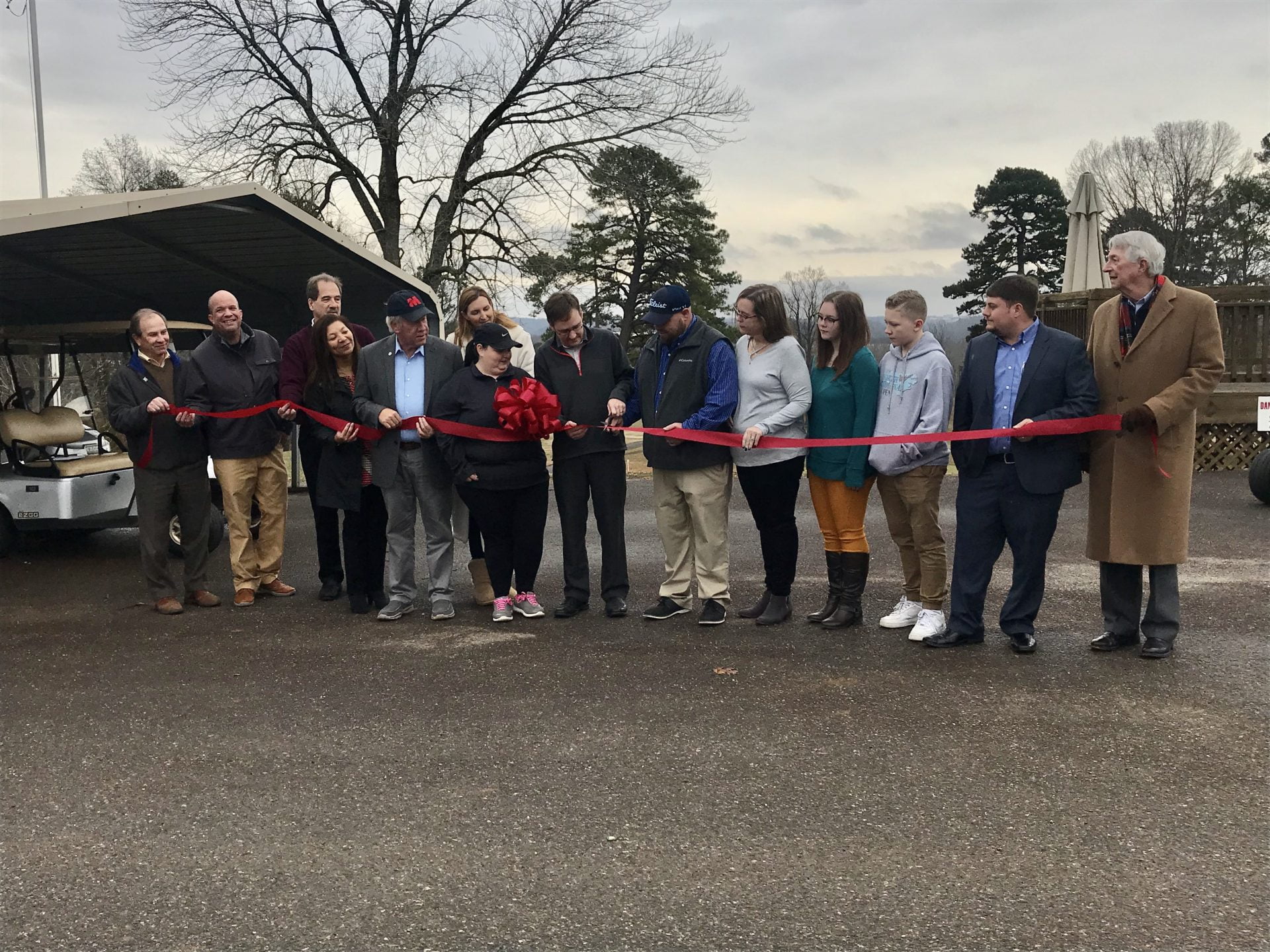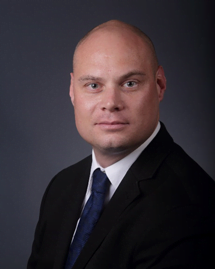
By Brandon Martin
The Beaver Hills Golf Club is here to stay.
Originally established in 1946, new co-managers Michael Hendricks and William McLawhorn celebrated their vision for the facility during a Jan. 3 ribbon-cutting ceremony.
The original plan called for the golf course to shut down in June 2019, according to Hendricks, who formerly ran a landscape company.
The change in management wasn’t due to financial reasons.
“The gentleman that owned the course before says that he just got tired of it. He just wants a change of scenery,” he said.
Hendricks and McLawhorn, a “golf professional for the past 10 or 15 years,” came on board at the end of November, first of December, he said.
Hendricks said their main goal moving forward is refocusing on building the business.
“Getting this to run more like a business, like a golf course is supposed to run, that’s going to increase our membership and our daily play because it hasn’t been that for so long now,” he said. “We want to turn it back into a golf course instead of a hangout.”
He said he expects that to have a positive impact, and that “our play and membership (will) increase drastically,” especially in the spring.

“The course is in good shape. The greens are a little lackluster right now,” Hendricks said, but the course is still “playable.”
Hendricks also hopes that changes such as relocation of the entrance sign and marketing techniques will help build on the legacy of the course.
Looking ahead, Hendricks said the course has a lot of potential because there is “a good variety for everybody. The seniors, ladies or someone that might not be as good can play up and then your golf professionals can play back,” he said. “The playability is just about for everybody which no other course around here offers that.”
McLawhorn sees potential in greens for a variety of reasons as well. He attributes the public nature of the course, it’s price, and suitability for younger players as big selling points.
“It’s a good place to learn the game for juniors and beginners but at the same time this course has got a lot of length to it,” he said. “So really good players can be challenged by playing the blue tees. This course is as long as playing anywhere.”
McLawhorn said that local golfers were spoiled back in the course’s heyday.
“I was fortunate enough to grow up playing golf in the area, and we had six good golf courses that you could play anytime,” he said. “Back in those days, this was the only public course. I know others have become public now but this has always been the one that is easily accessible.”
McLawhorn went on to garner management experience by working at many courses. He began working at the Waterfront Country Club in Smith Mountain Lake after graduating from Ferrum College. From there, he obtained a job as a Professional Golfers Association apprentice at Wildwood Green in Raleigh, N.C., before taking jobs at Rolling Hills Country Club, The Preserve at Jordan Lake and Blue Hills Golf Course in Roanoke.
Golfing, he said, has been “a labor of love my whole life.”
Danny Turner, a member of Martinsville City Council, was among those attending the ribbon-cutting. Turner said the course is “pretty important to Martinsville and Henry County” because it’s the only public golf course that remains.
Andrew Palmer, a representative of the Lester Group that was instrumental in keeping the course open, also expressed his thoughts about what the project means to the area.
In addition to expressing gratitude for the ability to lease the course, Palmer said “we are just so pleased that we could keep Beaver Hills open for the community. It’s been here for a long time and we would like to keep it that way. We are so pleased that the community of Martinsville and Henry County is growing and is strong. We look to keep the momentum going.”
Hendricks and McLawhorn, both Martinsville natives, said they are excited about a revitalization project so close to home.
“To be able to do what I love in my hometown, to me, is a dream,” McLawhorn said. “I’m super excited.”

The challenge of the course provides a similar excitement to Hendricks, who said a new project always provides a sense of gratification because he “can get in there and get my hands dirty.”
He said he also sees the course as a chess match where he can “make certain moves and see how things can be maneuvered for the best outcome.”
When asked what prompted them to take on the project, McLawhorn hinted that emotionally, he didn’t “really have a choice. This is a very loved golf course. It’s a blue-collar course, but it’s loved for that reason,” he said.
“Just from looking into it and hearing the interest and how people were saddened to hear that it was the end, was really a motivation,” he added. “We lost two really good courses in the area and we just can’t lose another one, especially one that is loved as much as this one.”




